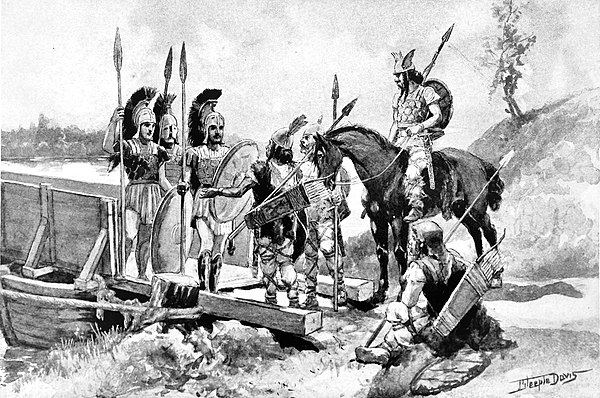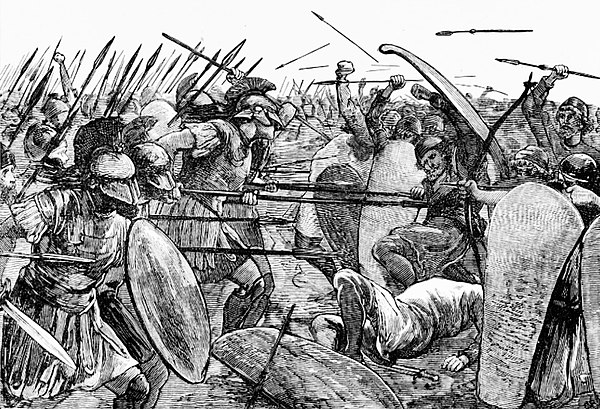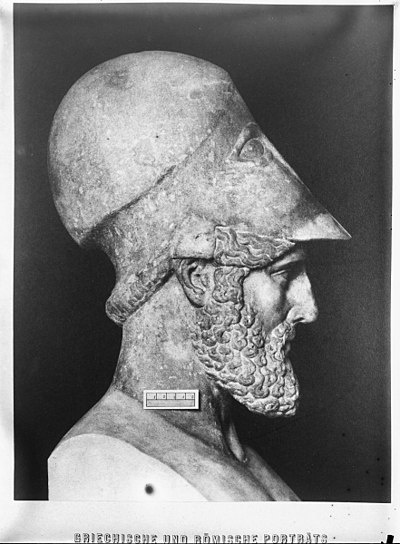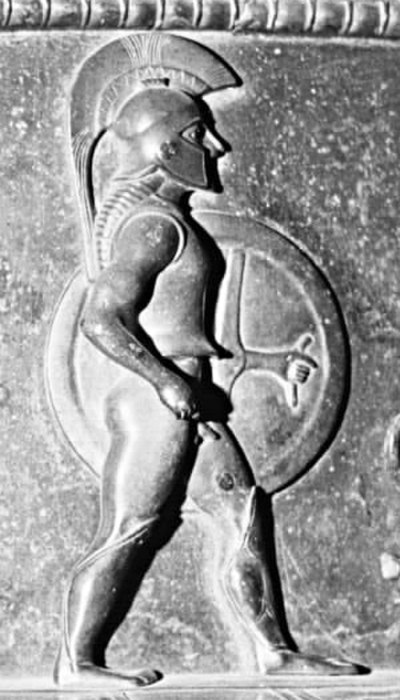
Greco-Persian Wars
The Greco-Persian Wars, lasting from 499 BCE to 449 BCE, were a sequence of conflicts between the Achaemenid Empire of Persia and various Greek city-states. The tensions started after Cyrus the Great's conquest of Ionia in 547 BCE and escalated due to the Persian practice of installing tyrants in Greek cities, which led to widespread dissatisfaction.
The conflict began with the Ionian Revolt in 499 BCE when Aristagoras of Miletus failed in his attempt to conquer Naxos and subsequently incited a rebellion against Persian rule across Hellenic Asia Minor. Supported by Athens and Eretria, the Greeks managed to burn Sardis in 498 BCE, prompting a severe response from Persia. The revolt was eventually crushed at the Battle of Lade in 494 BCE.
Darius I of Persia then planned comprehensive campaigns against Greece to secure his borders and punish the Greek states for their support of the Ionian Revolt. His campaigns included a significant invasion in 490 BCE, leading to the fall of Eretria but ending in a Persian defeat at the Battle of Marathon.
After Darius's death in 486 BCE, Xerxes continued his efforts, leading a massive invasion in 480 BCE. This campaign saw victories at Thermopylae and the burning of Athens, but ultimately ended in defeat for the Persians at the naval Battle of Salamis. By 479 BCE, Greek forces decisively ended the Persian threat at the battles of Plataea and Mycale.
Post-war, the Greeks formed the Delian League, led by Athens, to continue resistance against Persian influence. The league saw successes such as the Battle of the Eurymedon in 466 BCE but suffered a setback with the failed intervention in the Egyptian revolt against Persia. By 449 BCE, the Greco-Persian Wars ended quietly, possibly concluded by the Peace of Callias, establishing a truce between Athens and Persia.














































